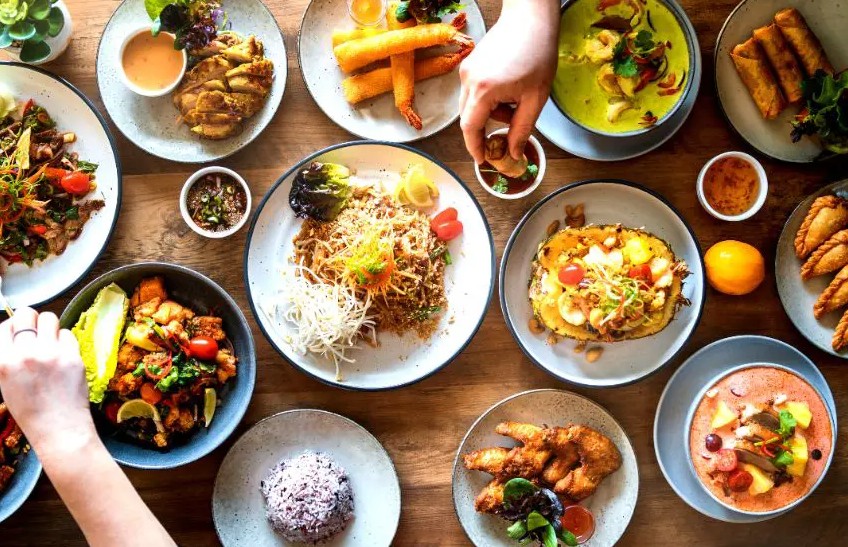
In the fiercely competitive restaurant industry, keeping track of key performance indicators (KPIs) is crucial. These metrics provide valuable insights into a restaurant’s financial health and operational efficiency, empowering managers to make informed decisions that foster growth. When applied thoughtfully, KPIs can boost profitability and streamline operations. Below, we outline the most important financial and operational metrics every restaurant should monitor.
Financial metrics form the backbone of performance assessment. Metrics such as Gross Profit Margin and Net Profit Margin evaluate profitability and cost-effectiveness. By routinely reviewing revenue, expenses, and net income, managers can identify financial strengths and weaknesses, leading to more effective budgeting and expense control.
Operational metrics are equally important for maintaining efficient daily operations. Metrics like Table Turnover Rate and Inventory Turnover Rate help gauge how well resources are utilized. For example, higher table turnover during peak hours can boost revenue, while precise inventory tracking reduces waste and aligns stock with customer needs. Utilizing modern analytics and digital tools can further enhance inventory and order management, increasing overall efficiency.
Technology plays a significant role in simplifying restaurant operations. Tools designed for payment processing and delivery management minimize manual errors and improve financial accuracy. Automation allows staff to devote more attention to customer service rather than administrative tasks.
Labor-related metrics, such as Labor Cost Percentage and Employee Turnover Rate, are essential for managing staffing costs while maintaining operational effectiveness. Effective labor management ensures high service standards are upheld without unnecessary overspending on wages.
Customer experience metrics, including Customer Satisfaction, Net Promoter Score, and Customer Retention, offer valuable feedback on guest impressions. Satisfied customers are more likely to return and recommend the establishment, driving loyalty and long-term growth.
Food cost metrics, like Food Cost Percentage and Menu Item Popularity, also have a significant impact on profitability. Monitoring these metrics supports the development of menu strategies that cater to customer preferences while maximizing earnings.
By consistently evaluating and acting on KPIs, restaurants can improve decision-making, reduce expenses, and enhance overall performance. For more details on how KPIs can drive success in the restaurant industry, check out the infographic below.
Content created by Delaget








